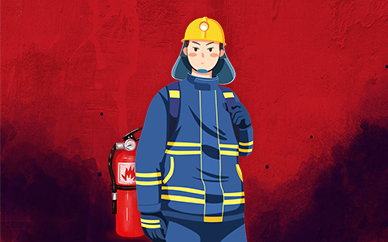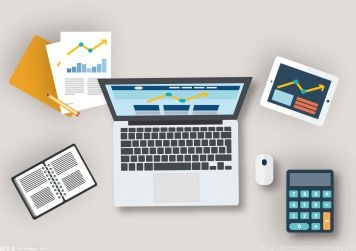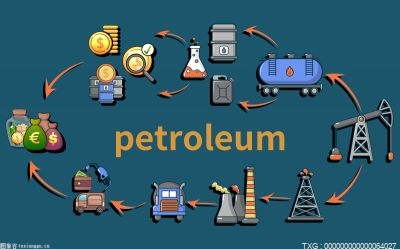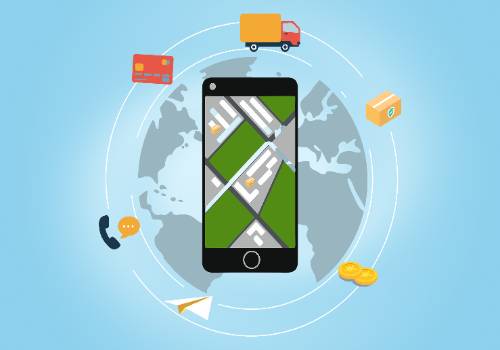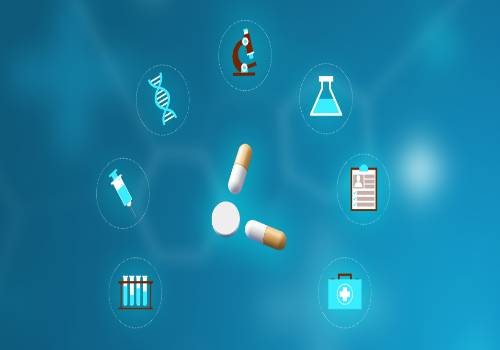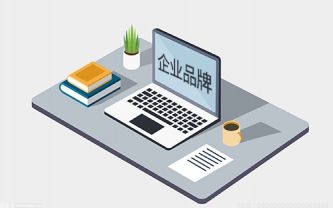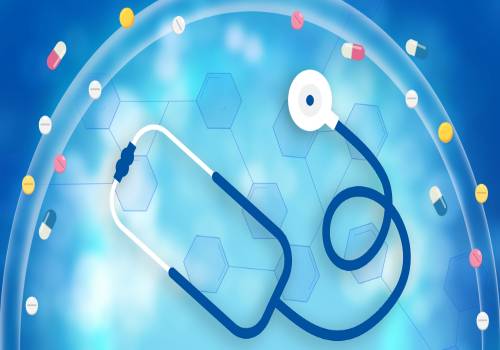6月14日,盖茨在时隔四年后再度访华。15日,他在北京为全球健康药物研发中心GHDDI举办的特别活动进行了名为《以创新之力应对全球挑战》的主题演讲。
 【资料图】
【资料图】
盖茨说,科技创新可以帮助世界加速进步并应对当下最严峻的挑战,而实现这一目标需要集合全球智慧、经验与专长。他的盖茨基金会正与中国伙伴携手,为建设一个人人都有机会过上健康而富有成效生活的未来贡献力量。
以下为演讲视频和全文↓
(查看中文全文翻译可点击:比尔·盖茨北京演讲:以创新之力应对全球挑战)
Remarks at the Global Health Drug Discovery Institute
Bill Gates
June 15, 2023
AS PREPARED
Thank you for that nice introduction and thank you all for being here. Our foundation is committed to improving people’s lives by supporting cutting-edge R&D around the world—and our partnership with GHDDI is a big part of that.
I especially want to welcome the innovators, students and young researchers here today. I’m inspired when I imagine the impact you will have if you fully harness the power of science and technology to help find solutions to the world’s biggest health challenges. Diseases like malaria, TB, and neglected tropical diseases are often overlooked by pharmaceutical companies because they disproportionately affect the poorest people.
It’s been a long time since I was in China—four years. The world looked very different then. A lot of people are less confident about the future in 2023 than they were in 2019. In the past four years, the world has faced a pandemic, a resurgence of infectious diseases, the worsening impact of climate change, and in some parts of the world, a hunger crisis. The need to meaningfully address these challenges has never been more urgent. China has made significant gains reducing poverty and improving health outcomes within China. I"m hopeful China can play an even bigger role in addressing the current challenges, particularly those facing African countries.
Despite the challenges the world faces I am still optimistic, for two reasons:
First, if you pull back just a bit and think about the past several decades, instead of years, you see a larger pattern—a pattern of amazing progress that occurred when the world prioritized health equity. My favorite example has to do with child mortality, because I can’t think of anything more important than saving children’s lives.
In 1990, nearly 1 in 10 children would die before the age of 5—most of them in low- and lower-middle income countries, and most from preventable infectious diseases. Now, just a generation later, child deaths have come down significantly, to 1 in 25 children. That comes to more than 7.5 million children saved every year.
Here in China, over that same period, the number of young children who die has dropped by an astonishing 94%. In short, the world has shown what can be accomplished when we set ambitious goals and stay focused on achieving them.
The second reason I’m optimistic is that the potential of science and technology to solve really hard problems has never been greater. mRNA vaccine technology might make vaccines for diseases like TB and malaria possible. To fight these diseases, we need new and better prevention options. As I have said before, I believe that advances in technology, including artificial intelligence, will bring rapid breakthroughs in health care and education, ensuring more people have access to tools that are lifesaving and promise greater opportunities. Innovation in climate technologies – including everything from cleaner ways to generate and store power, to advancements in green steel and cement - will make it possible for the world to reduce emissions without limiting people’s access to affordable, abundant clean energy.
All this innovation—and more—can give us the power to meet the challenges in front of us.
The world is tied together like never before. Consider the climate. It’s changing because of what people in rich countries have been doing for hundreds of years, but so far it’s doing the greatest damage to people in low-income countries—even though they’re the ones who have done the least to contribute to the problem. And the current food crisis in many of those same countries was triggered by a war thousands of miles away in Europe.
So the question I’ve been asking myself is, how do we harness the power of science and innovation to really speed up progress?
The answer is that we can do this by making sure everyone plays a role. To solve the increasingly complex challenges facing our communities and build a future in which all people have the opportunity to lead a healthy and productive life, we have to bring the world’s combined expertise to bear. That means addressing climate change and ongoing development needs – both require innovation and ingenuity.
These challenges cannot be solved without the engagement of all parts of society – governments, academia, business, and philanthropy.
Each of these sectors is really good at some things, and not so good at other things. Scientists make ingenious discoveries, but it’s usually businesses that turn those discoveries into products and services people actually use. With the right policies in place, governments can make sure those solutions reach everyone. Philanthropy can drive innovation when markets won’t and bring different organizations together to serve the common good. When all these sectors collaborate, the whole is greater than the sum of its parts.
Chinese innovators have an important role to play in these global partnerships. China has invaluable experience to share from its own successes in health, agriculture, nutrition, and poverty reduction. And it has talent. In labs, startups, and classrooms across the country, young people like many of you are hard at work inventing the solutions of the future:
new medicines for old diseases, like TB and malaria,
digital models for scaling up highly customized health care and education,
crops that can thrive in harsher weather, like climate-smart hybrid rice varieties,
and technologies that improve people’s quality of life but don’t change the climate, including new approaches to electricity transmission, agriculture, and building materials.
For the next few minutes, I’d like to talk about two areas where I think the world is poised for progress. Health and agriculture.
As you know very well here at GHDDI, one thing our foundation has focused on is a world without malaria, which still kills a child every minute. Even that statistic understates the impact of the disease because it makes about 250 million people desperately sick every year.
The vast majority of malaria cases are in Africa, but that wasn’t always the case. In the 1950s, China had at least 30 million malaria cases annually—and more than 300,000 malaria deaths. But then cases and deaths began to drop steadily, in part because of breakthroughs from Chinese scientists. One of them was Tu Youyou, whose pioneering work led to today’s leading treatment for malaria—and a Nobel Prize. In 2010, China launched its National Malaria Elimination Action Plan. In 2017, it registered zero local infections for the first time. And in 2021, it was certified malaria-free by the World Health Organization.
That’s an amazing accomplishment. But Chinese scientists are doing more than just helping eliminate malaria at home. They are building on this legacy by developing next-generation solutions to help eradicate malaria worldwide.
Consider the breakthrough work happening here. We’re especially excited about one of the malaria drug candidates GHDDI is working on, in partnership with two international organizations, the Medicines for Malaria Venture and the Malaria Drug Accelerator.
This drug candidate is still being studied in the lab, but so far it shows unusual promise, for three reasons. First, the parasite that causes malaria has developed resistance to a lot of today’s drugs, which means they no longer work as well as they used to. But this drug candidate appears to be what we call “irresistible,” so it has the potential to continue to be effective for a very long time.
Second, people need to take the current drugs for three days—but they don’t always follow through and finish the full course of treatment. This new drug candidate may be able to cure the disease in just a single dose.
Third, it looks like this drug candidate might not only treat the disease, but also prevent the infection in the first place.
There is still a long way to go before this drug candidate becomes an actual drug that people can take, but we expect this drug candidate to be in clinical trials in humans in the next several years.
I am not only excited about this one drug candidate. GHDDI has built an important collaboration with international TB research and development organizations that is generating exciting results. A series of novel compounds have been shown to have a synergistic effect with existing TB drugs in the lab. The promise is a much shorter TB treatment regimen – from the standard 4 to 6 months to only 1 to 2 months. This has implications on reduced transmission and disease burden if the drugs prove out in clinical testing.
What really excites me is the potential cumulative impact of all the cutting-edge global health R&D happening at institutions around the world. The more a global community of innovators can focus on the biggest challenges the world faces, the more people can thrive.
GHDDI is focused on fighting disease, but there are brilliant researchers in China working on other essential priorities that will determine the quality of people’s lives in the future such as helping farmers to adapt to climate change and make sure there is enough food for everyone in the world.
I have always been fascinated by Yuan Longping, who developed the world’s first hybrid rice varieties. His research didn’t just transform Chinese agriculture and the Chinese economy. It also helped feed the world. His work inspired the most important global agriculture research organization, CGIAR, to invest more in rice research. Yuan also taught more than 3,000 rice scientists from more than 50 nations, who applied what they learned from him in their home countries. It’s hard to imagine a more important discovery than the one that made it possible for billions of people to survive and thrive.
And now we need the next generation of discoveries. The Gates Foundation has been supporting Chinese scientists to develop hybrid rice varieties that can thrive in harsh weather—including typhoons, as we saw in the Philippines in 2014. Pakistan recently adopted new varieties that boost yields by more than one-third.
But for a variety of reasons, the new rice varieties weren’t catching on in the same way in African countries. So the foundation has supported a partnership between Chinese and West African rice scientists. They’re not only working to breed new varieties adapted to local conditions—they’re also working with local partners to make sure farmers have access to those new varieties so they can adapt to the changing climate. In pilots, yields in some West African countries are up as much as 50 percent.
Again, this example highlights the impact of partnership. The project won’t work without the Chinese team and its vast experience and expertise in rice breeding. But it also won’t work without the African teams and their understanding of local farmers and local food systems. This is the model of collaboration we should be striving for everywhere.
Those are just two examples that are close to my heart. The foundation is working on many other priorities alongside Chinese partners: for example, eradicating polio; diagnosing, preventing, and treating HIV and TB; and developing next-generation sanitation technology that is more affordable and sustainable.
I hope you are all feeling a little more optimistic now than when I started talking. And I hope you are thinking specifically about what you can do, and with whom, to catalyze solutions to the most pressing challenges the world faces.
I am eager to see how innovators at GHDDI, across China, and around the world contribute to global progress in the years to come.
Thank you.
来源 |盖茨基金会

































